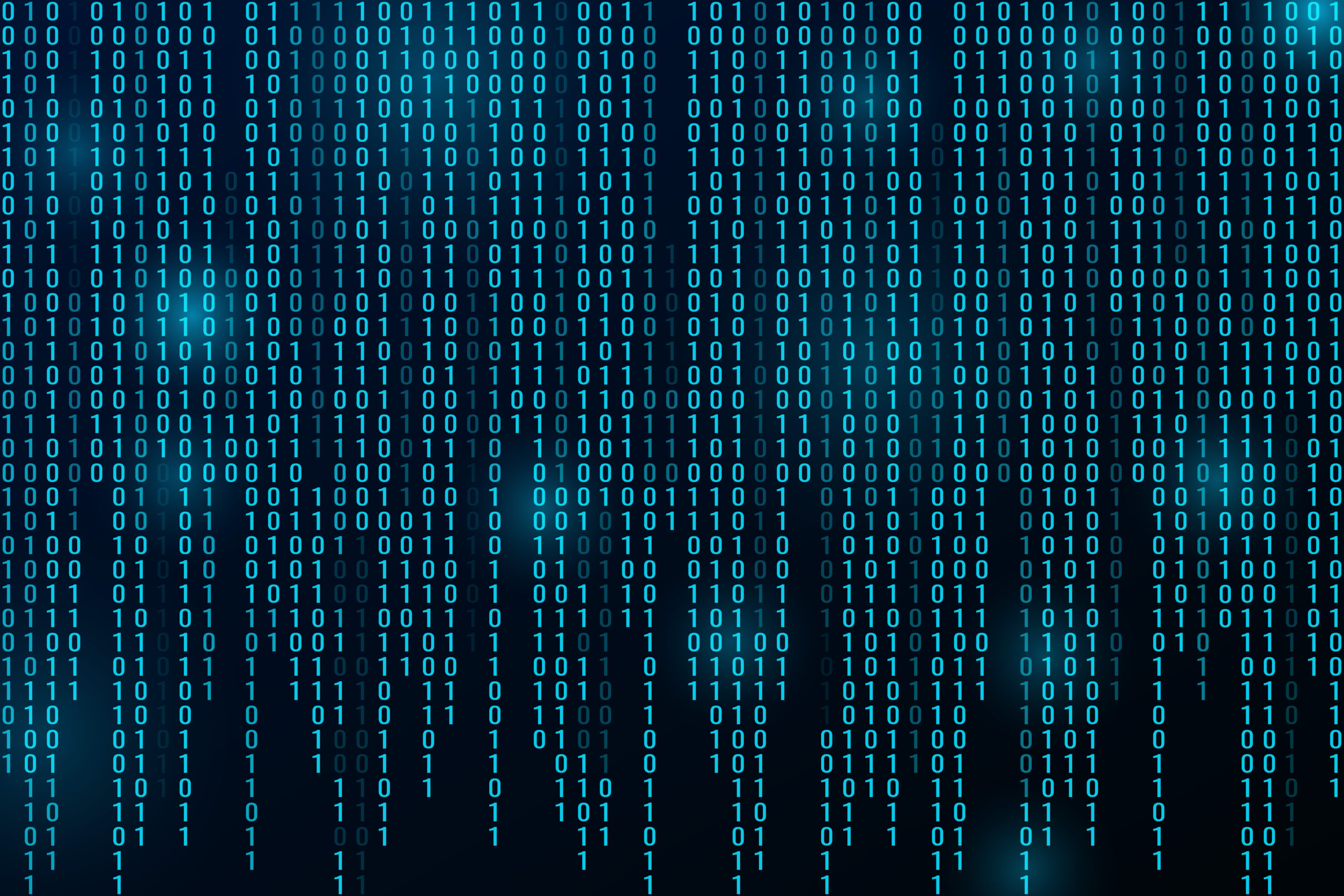
E-Health: tre parole d’ordine per lo sviluppo di una sanità smart dopo il coronavirus
Non torneremo più indietro. Ce lo stiamo (stanno) ripetendo in continuazione, in qualsiasi ambito e contesto. Passato il coronavirus, la nostra quotidianità sarà rivoluzionata da nuove accortezze e da nuovi comportamenti, mettendo al bando abitudini che, sotto la lente d’ingrandimento del COVID-19, sembrano ormai anacronistici se non controproducenti (vi dice niente la ressa ai pronto soccorso dei primi giorni?).
È un ragionamento che riguarda anche la nostra sanità, chiamata in queste settimane a compiere uno sforzo sovrumano, scoprendosi incredibilmente più forte delle sue debolezze strutturali. Superata la fase più acuta, sarà il momento di stilare un bilancio sulle capacità di risposta del sistema, con una consapevolezza: il coronavirus non ha soltanto messo a nudo alcune criticità, ma ha anche posto l’attenzione sulle potenzialità di nuove tecnologie e strumentazioni ancora poco diffuse nel nostro Paese.
Tecnologie che dovranno diventare, in un futuro immediatamente prossimo, uno degli asset sui quali rimodulare la sanità italiana. Nello specifico, gli strumenti di telemedicina e remote care si stanno dimostrando strategici per gestire l’emergenza. Un contributo che possiamo riassumere sinteticamente in quattro punti chiave:
- Evitare il sovraffollamento delle persone in pronto soccorso e ambulatori.
- Tutelare il personale sanitario riducendo al minimo necessario i contatti con i pazienti.
- Anticipare la deospedalizzazione dei casi meno complessi o in via di guarigione, monitorandoli da casa.
- Curare in sicurezza gli anziani e i numerosi malati cronici o terminali che in questo momento costituiscono le categorie più a rischio, minimizzando le occasioni di contagio.
Insomma, se il lavoro sta diventando sempre più smart, a maggior ragione è necessario che anche la nostra sanità si evolva, integrando le potenzialità del digitale con i metodi tradizionali di cura e gestione dei pazienti.
È lecito pensare che il contributo fornito dalla telemedicina farà sì che non se ne possa più fare a meno, stimolandone lo sviluppo e la diffusione adeguata in tutta Italia. È lecito pensarlo perché l’e-health non è soltanto un supporto strategico alla gestione di questa emergenza, ma un alleato imprescindibile per vincere sfide ancora più importanti legate alla sostenibilità e alla tenuta del sistema sanitario nel medio-lungo termine.
Una su tutte, l’invecchiamento della popolazione e la conseguente crescita della domanda di cure e servizi in scale di grandezza più che proporzionali alla forza lavoro in dotazione. Un trend che l’Istat (https://www.istat.it/it/archivio/231884) ci conferma puntualmente ogni anno e che fa il paio con un saldo naturale della popolazione negativo, che impedisce di avviare quel meccanismo di rinnovo generazionale tanto auspicato.
Soluzione: liberare i professionisti da tutto ciò che è superfluo, permettendo di dedicare il loro tempo e la loro presenza fisica a quei casi che davvero lo richiedono. In questo, telemedicina e remote care sono alleati imprescindibili in grado di alleggerire i carichi di lavoro di medici, infermieri e via dicendo.
È una transizione facile? Assolutamente no. Si tratta di un percorso articolato e complesso, in cui l’Italia non ha solo molta strada da fare, ma anche del terreno da recuperare rispetto ad altre nazioni ben più sviluppate, con l’area scandinava in testa. La situazione prima del coronavirus ci vedeva tra i paesi più arretrati per quanto riguarda l’utilizzo degli strumenti di e-health.
Cosa serve dunque per compiere il passo verso una maggiore digitalizzazione della sanità? Le parole d’ordine sono tre:
- Sinergie. Di intenti, di strumenti e di visione. Non è un caso che finora la telemedicina si sia diffusa poco e in maniera tutt’altro che organica, ottenendo il classico effetto a macchia di leopardo sulla cartina geografica. Frutto del sistema di governance della sanità su base regionale: solo alcune regioni, infatti, hanno avviato indipendentemente dei percorsi di sviluppo e sperimentazione (ad esempio Lombardia e Veneto). Si tratta generalmente di quelle aree che vantano dei sistemi sanitari tra i migliori d’Italia, e il caso ha voluto che il coronavirus si sia diffuso proprio in queste zone, una variabile non da poco nel determinarne il contenimento.
Quello che serve dunque, è prima di tutto un maggior coordinamento tra i policy makers, che non può prescindere da un potenziamento delle linee di indirizzo nazionali e da un ruolo di coordinamento più performante dello Stato centrale.
Altra sinergia è quella tra gli stessi strumenti di sanità digitale: serve una piena integrazione tra nuove tecnologie e supporti di e-health già attivi, su tutti il Fascicolo Sanitario Elettronico. È un passaggio fondamentale per favorire la generazione di dati e informazioni sui pazienti e avviare la transizione verso una data-driven health (ne parleremo nelle prossime settimane).
- Formazione. Non bastano gli strumenti, serve avere dei professionisti in grado di utilizzarli efficientemente: quello della formazione del personale è un gap da colmare.C’è poi un altro aspetto fondamentale: quello della “formazione culturale” dei cittadini. Non si tratta solo di istruire medici, infermieri e altre categorie professionali, ma di diffondere la cultura dell’e-health nella comunità, facendone comprendere potenzialità e utilizzi.
È qui che il mondo della comunicazione può dare un contributo determinante a vincere questa sfida, smantellando abitudini e comportamenti anacronistici che sono ormai sedimentati nelle classi di età più anziane del quadro demografico italiano. Il tutto, intrecciato alla necessità di risolvere gradualmente un importante digital divide che caratterizza sia i cittadini che un ampio numero dei professionisti della sanità. - Last but not least, le infrastrutture. La connettività è centrale per diffondere la cultura dell’e-health e per favorire gli investimenti in questo settore (ebbene sì, la sanità digitale è anche un’opportunità economica per il Paese).
Non solo connessioni veloci, ma una rete diffusa in tutto il territorio, che permetta davvero ai cittadini di sfruttare al massimo le potenzialità della telemedicina anche nelle aree meno popolose e periferiche, ovvero dove il valore aggiunto di queste tecnologie è maggiormente apprezzabile.
Per anni, questi temi sono stati dibattuti senza mai dare seguito ad azioni davvero impattanti nel sistema Paese. Il coronavirus ci impone oggi di aprire gli occhi sul futuro della sanità, creando un’opportunità e uno stimolo alla modernizzazione da canalizzare in un piano di sviluppo concreto.
Forse, non è più solo il momento di sognare un mondo senza file dal medico di famiglia.
Francesco Panci


